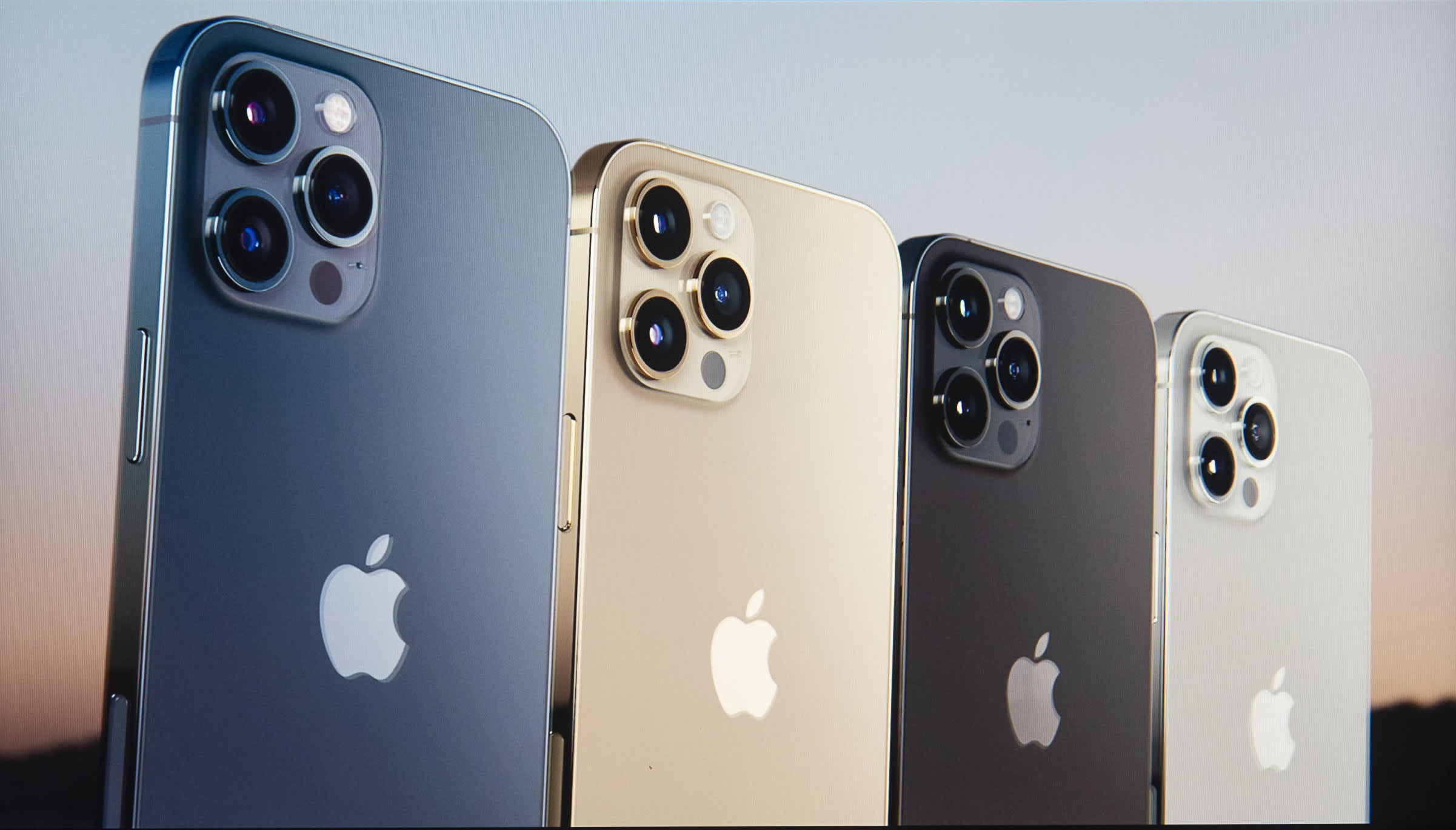
The Apple iPhone 12 Pro Max is unveiled during a virtual product launch.
Daniel Acker | Bloomberg | Getty Images
Apple’s decision to remove the charger and headphones from iPhone 12 boxes has generally been well received by environmentalists, although the tech giant has been pressed to go much further in reducing its impact on the environment.
Apple announced Tuesday that all of the four upcoming iPhone 12 models will not include a charging adaptor or the wired headphones that have been commonplace in iPhone boxes for years. As a result, iPhone boxes will be considerably smaller, and Apple says it will be able to fit 70% more iPhones onto a shipping pallet.
“The initiative by Apple to stop including headphones and chargers is a step forward to reduce unnecessary EEE (electrical and electronic equipment products) that will duplicate those that we already have,” Teresa Domenech of University College London’s Institute for Sustainable Resources told CNBC.
“This could not only help to reduce waste but also would prevent upstream environmental impacts linked to the extraction of primary raw materials, manufacturing and distribution of products.”
Lisa Jackson, Apple VP of environment, policy and social initiatives, said: “We know that customers have been accumulating USB power adapters, and that producing millions of unneeded adapters consumes resources and adds to our carbon footprint.”
Jackson said Apple believes there to be over 700 million pairs of wired EarPods and around 2 billion power adapters in circulation around the world. “And that’s not counting the billions of third party adapters,” she said in a presentation from the roof of Apple Park.
Steve Hynd, a campaigns manager at City to Sea, an environmental group, told CNBC: “Reducing the amount of electrical debris that comes with products is a welcome step in reducing the environmental impact of new smartphones.”
Hynd said things are still far from perfect, however. He believes phones still come with an “ocean” of unnecessary packaging and stressed that Apple should be looking at embedding “reuse” into their business model.
“This means designing for durability and easy repairs by having swap out modular components. It also means encouraging and facilitating a second-hand reuse market for their phones. So while we welcome these small steps in producing less waste on the fringes of their business, we urge them to keep watering the fruitful seed of an idea, reuse, and embed this into the core of their business plan.”
Elizabeth Jardim, senior corporate campaigner at Greenpeace told CNBC that reducing the amount of material used in Apple products is “an important part of trimming product carbon emissions” but said there’s still more to do.
In July, Apple said it is working toward having a net zero carbon impact by 2030. Elsewhere, the likes of Google and Facebook have made similar commitments.



